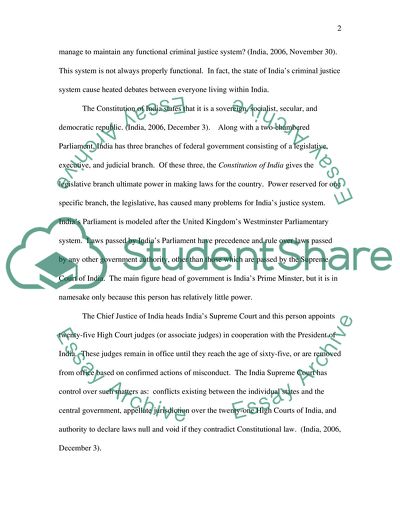Cite this document
(“Indias Criminal Justice System and Terrorism Essay”, n.d.)
Indias Criminal Justice System and Terrorism Essay. Retrieved from https://studentshare.org/law/1538478-indias-criminal-justice-system-and-terrorism
Indias Criminal Justice System and Terrorism Essay. Retrieved from https://studentshare.org/law/1538478-indias-criminal-justice-system-and-terrorism
(Indias Criminal Justice System and Terrorism Essay)
Indias Criminal Justice System and Terrorism Essay. https://studentshare.org/law/1538478-indias-criminal-justice-system-and-terrorism.
Indias Criminal Justice System and Terrorism Essay. https://studentshare.org/law/1538478-indias-criminal-justice-system-and-terrorism.
“Indias Criminal Justice System and Terrorism Essay”, n.d. https://studentshare.org/law/1538478-indias-criminal-justice-system-and-terrorism.


